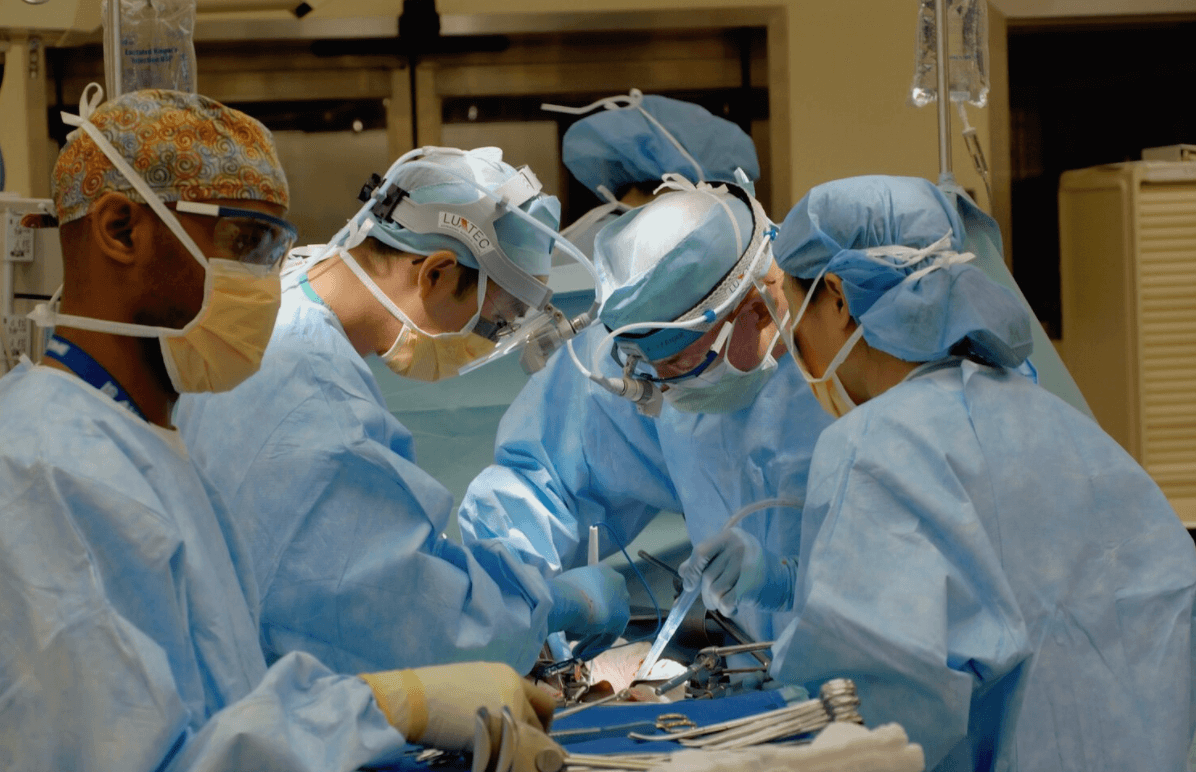Breast Asymmetry
Breast asymmetry refers to a condition in which the breasts have noticeable differences in size, shape, or position. It is common for women to have some degree of breast asymmetry, as it is natural for breasts to have slight variations. However, when the differences between the breasts are significant and noticeable, it may cause concern or dissatisfaction with one’s appearance.

Breast asymmetry can manifest in various ways:
Size Discrepancy:
The most common type of breast asymmetry is a difference in breast size. One breast may be noticeably larger or smaller than the other. The degree of size difference can vary significantly, ranging from minor variations to more pronounced discrepancies.
Shape or Contour Differences:
Breast asymmetry can also involve variations in the shape or contour of the breasts. One breast may have a different shape, such as being more rounded or conical, compared to the other. Additionally, the positioning of the nipples and areolas can differ between the breasts.
Positioning or Placement:
Breast asymmetry may involve differences in the position or placement of the breasts. For example, one breast may sit higher or lower on the chest wall compared to the other. As a result, the breast creases and overall breast appearance can appear uneven.
Anaesthetic
General anaesthetic
Surgery Time
2-3 Hours
Drains
No
Recovery garments
Bra
Hospital stay
1 night
Follow-up
1 week and 2 weeks after discharge
Return to desk-based work
1 weeks
Return to driving
2-4 weeks
Return to sport
6-8 weeks
Get Started Today
Benefits of breast asymmetry surgery
Breast asymmetry surgery can provide many benefits for individuals with noticeable and bothersome breast asymmetry. Here are some of the key benefits of breast asymmetry surgery:
Improved Symmetry:
The primary benefit of breast asymmetry surgery is achieving improved symmetry between the breasts. The procedure aims to balance the size, shape, and position of the breasts, creating a more harmonious and proportionate appearance. By addressing the discrepancies between the breasts, the surgery can enhance overall symmetry and balance.
Enhanced Body Proportion:
Breast asymmetry can affect the overall body proportion and balance. Breast asymmetry surgery can help create a more balanced and proportionate figure, as the size and shape of the breasts play a significant role in the overall body silhouette. Achieving improved breast symmetry can enhance body proportions and create a more aesthetically pleasing silhouette.
Enhanced Self-Confidence and Body Image:
Breast asymmetry can impact an individual’s self-esteem and body image. By addressing the noticeable differences between the breasts, surgery can help improve self-confidence and body image. Individuals often experience a boost in self-esteem, feeling more comfortable and confident in their appearance.
Expanded Clothing Options:
Breast asymmetry can make it challenging to find properly fitting clothing, especially bras and swimwear. Following breast asymmetry surgery, individuals can enjoy a wider range of clothing options and styles, as the breasts will be more balanced in size and shape. This can enhance clothing choices and improve comfort in wearing different types of clothing.
Psychological and Emotional Well-being:
Breast asymmetry can cause emotional distress, self-consciousness, and anxiety. By addressing the asymmetry through surgery, individuals often experience a reduction in psychological and emotional distress. They can feel more at ease in social situations, intimate relationships, and day-to-day activities, leading to improved overall psychological well-being.
What causes breast asymmetry?
The exact causes of breast asymmetry are not always clear, but there are several factors that can contribute to its development:
Developmental Factors:
Breast asymmetry can occur during the developmental stage of the breasts, which typically happens during puberty. As the breasts grow, they may develop at different rates or have variations in the amount of breast tissue, resulting in noticeable differences in size and shape.
Hormonal Influences:
Hormonal changes can impact breast development and contribute to breast asymmetry. Fluctuations in hormone levels, particularly estrogen and progesterone, can affect the growth and development of breast tissue. Hormonal imbalances or variations in hormone production may lead to differences in breast size and shape.
Genetic Factors:
Genetic predisposition can play a role in breast asymmetry. If there is a family history of breast asymmetry, it increases the likelihood of an individual experiencing similar asymmetry. Certain genes may influence breast development and contribute to differences between the breasts.
Hormonal Disorders or Conditions:
Certain hormonal disorders or medical conditions can cause breast asymmetry. Conditions such as polycystic ovary syndrome (PCOS) or hormonal imbalances can affect breast development and lead to differences in size or shape.
Pregnancy and Breastfeeding:
Pregnancy and breastfeeding can also impact breast symmetry. Hormonal changes during pregnancy can cause temporary changes in breast size and shape, and breastfeeding can lead to differences in breast size due to variations in milk production.
Trauma or Injury:
Physical trauma or injury to the breasts can result in breast asymmetry. Injuries such as fractures, burns, or surgery may cause changes in breast tissue, leading to differences in size, shape, or position.
It’s important to note that slight asymmetry in the breasts is quite common and usually not a cause for concern. However, if breast asymmetry is significant, causing physical or psychological discomfort, individuals may consider surgical options.
Breast Asymetry surgeon London
Mr Khan is a Consultant Plastic, Reconstructive and Aesthetic Surgeon in Central London.
He is on the GMC specialist register for Plastic Surgery and is a fellow of The Royal College of Surgeons of England, a member of the British Association of Plastic, Reconstructive & Aesthetic Surgeons (BAPRAS) and the British Association of Aesthetic Plastic Surgeons (BAAPS).
Mr Khan is a leading plastic surgeon in London and can guide you through the process and offer the best recommendations, surgery and aftercare to give you peace of mind.
Book an Appointment
Breast asymmetry surgery aims to address the noticeable differences in size, shape, or position between the breasts in order to achieve a more balanced and symmetrical appearance. The specific goals and outcomes of breast asymmetry surgery may vary depending on the individual’s concerns and desired results. If you would like to book an appointment, please get in touch today.



